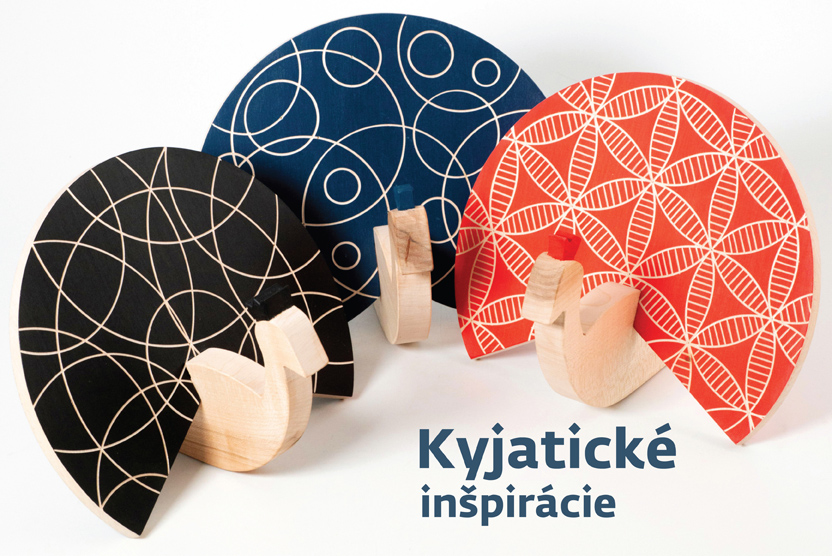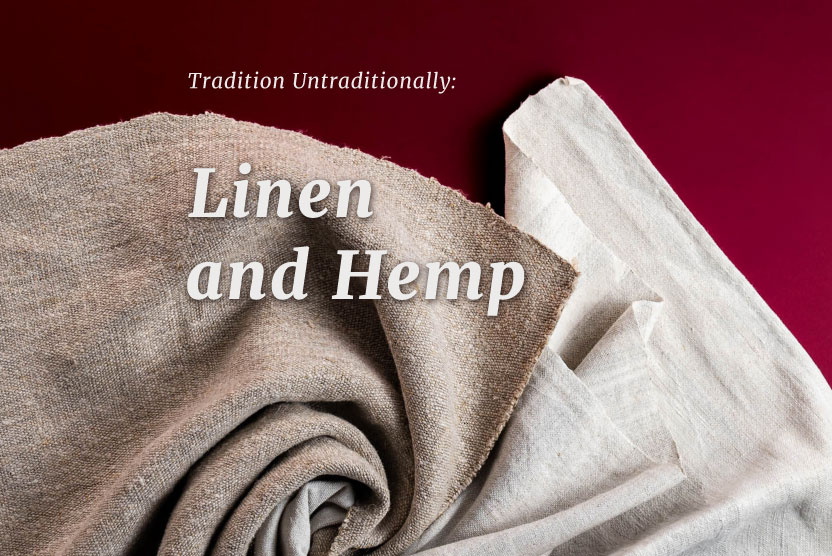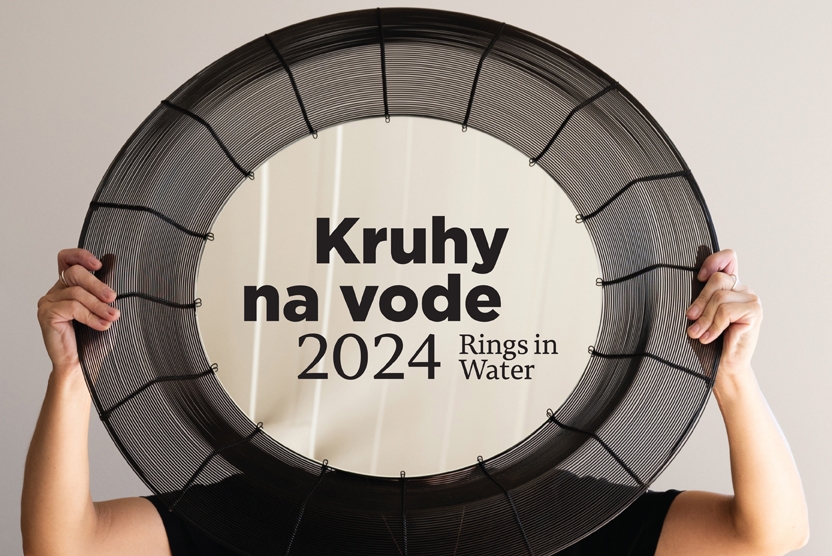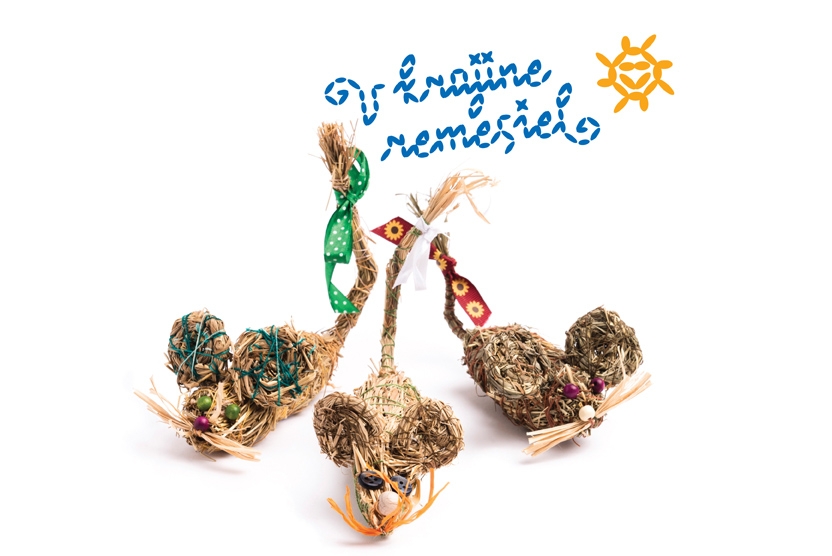Inspired by Kyjatice

Show on map
The main characteristic of wooden products from the village of Kyjatice is their unique decoration, consisting of variations of engraved ornamentations. It is mostly strikingly represented today by Kyjatice toys, although at the beginning of the 19th century, the inhabitants of this village were making mainly furniture out of beech wood, and toys were just a side range. Both are visually characterised by their engraved geometric and linear ornamentation; the sun rosette appears in the foreground and is symbolic in Slovak culture in addition to having visual appeal.
It is through the ornamentation and variations in shape of these products that we can follow the development of this item over time. Over more than two decades, it has experienced rises and falls. The production of furniture and toys in Kyjatice saw its first large decline after the dissolution of Austro-Hungary, when the export of local products became more difficult, meaning that production was no longer profitable.
Since this trend concerned several areas of traditional production in Slovakia, in the mid-1920s the State Institute for Promoting Self-Employment was established. The artist Bohumil Šippich, the institute’s secretary, organised at the turn of 1927 and then again in 1935 courses in the production of Kyjatice toys for the inhabitants of Kyjatice. He proposed new, structurally simplified and more colourful patterns. The boom in production came to an end again in 1935, following Šippich’s death. Today, his collection of Kyjatice toys is stored in the depository of the SNM – Ethnographic Museum in Martin.
It was only in 1969 that Anton Oboňa from Lazany focused people’s attention more strongly on Kyjatice toys. As a professional restorer working in Bojnice castle, he was convinced of the importance of preserving the past. This led him to follow the traditional patterns from the times preceding the artistic intervention of B. Šippich, varying only the ornaments used.
At the turn of the 1980s, the woodcarver Ján Ulický produced a collection of Kyjatice toys for the Gemer-Malohont Museum in Rimavská Sobota. At that time, the long-standing director of that museum, Oľga Bodorová, was carrying out thematic field research, and several valuable artefacts were added to the museum’s depository.
In 1990, Rudolf Stehlík from Veľké Teriakovce began to work on the production of Kyjatice toys. He found his inspiration in Ján Beňo’s collection, a graduate of Šippich course from 1934, whom he also met in person. Alongside manufacturing, R. Stehlík also promoted Kyjatice toys and tried to open a workshop which would employ producers. However, he did not succeed in implementing this idea during his lifetime. His artistic expression, as is the case of another original toymaker, Karol Strnište from Smižany was also shaped by the designs drawn up by ÚĽUV artist Janka Menkynová.
Three artists currently carry on the legacy of their predecessors. The work by the Master of Folk Art Production Jana Majerská from Nová Baňa-Bukoviny is specific in that she applies the Kyjatice motif to other wood as well as planks, and does not use a compass for her engraving. Martin Šalgo from Krná creates toys under the Lopki brand name. The most striking contributor to any dialogue on this issue is the Master of Folk Art Production Ladislav Hedvigi from Rimavské Zalužany, whose aim is to bring this item back to life, but not only in terms of its production. He is renovating an almost two-hundred-year-old former school building in Kyjatice, which will be used as a production and promotional centre on its completion. Thanks to his efforts, Kyjatice toys are a registered designation of origin, and since 2022 have been successfully added to the Representative List of Slovakia’s Intangible Cultural Heritage, with the cooperation of ÚĽUV.
In the same year, L. Hedvigi organised a symposium attended by the designers and producers Michal Hanula, Peter Heriban, Tibor Uhrín, Dominika Mačáková and Jana Majerská. This gave rise to some original artistic designs and knowledge on the production technique was shared among the producers. In 2023, students of Applied Art Schools in Ružomberok and Bratislava also joined in the work via their teachers Michal Hanula and Martin Hartiník. We firmly believe in the success of this project and in expanding cooperation in the field of Kyjatice inspirations.
Other events


